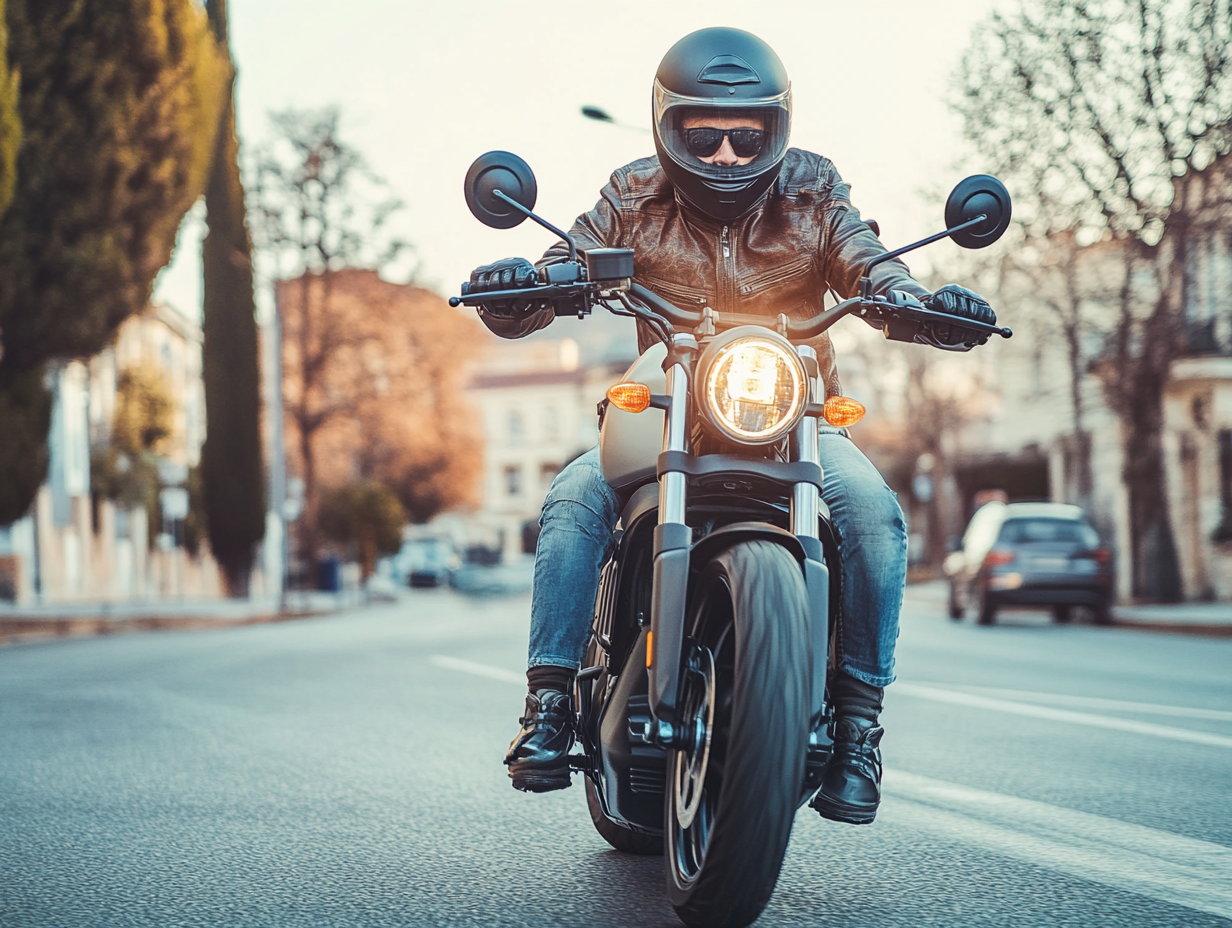Is there anything worse than falling sick on holiday? We don’t think so! Travelling is a frequent way to escape daily life and unwind from the chaos of the workplace, but there are always chances you might fall physically or mentally ill when travelling just as readily as you do at home. Even more likely, perhaps! It’s only natural to disregard the warning signs and put self-care on the back burner when there are so many unfamiliar sights and sounds. While travelling, creating a self-care routine will help you maintain your energy levels, clarity of mind, and physical readiness for adventure. For tips on how to take care of yourself when travelling, continue reading.
Soak In The Sun
Never are two sunrises or sunsets alike. Set aside time to sit quietly and fully take in and appreciate the colours, the beauty, and the day’s fresh start or soft conclusion. While on vacation, commit to watching the sunrise or sunset (or both), as this is something we don’t often have time for at home amid the turmoil of our daily lives.
Be An Active Soul
A long stroll is always excellent for the soul, whether you are on a secluded island, hidden away in a magical forest, surrounded by dunes in the desert, or right in the centre of a bustling foreign city. Get moving, get outside, and enjoy your surroundings. So start moving those legs. This is your vacation, your chance to get away from reality, and your chance just to stop and do whatever you want.
Don’t Mind The Calories
Try everything; go for seconds; eat dessert; order that bottle of wine; and keep in mind that when you’re on vacation, calories don’t matter. Meals are meant to be enjoyed, especially on special occasions. Don’t rush the experience. Instead, cherish leisurely (and device-free) dinners.
Enjoy A Long Beauty Sleep
Prioritise getting enough sleep so that you can rejuvenate because rest is an equally important aspect of the journey. Let’s face it, beds on holidays are usually always more comfortable and luxurious than those at home, so get a head start on bedtime or sneak in a few afternoon naps. You’ll be glad that you took a rest after your holidays are over.
A Spa Day
Make a reservation for a well-deserved spa treatment if the pool day or the afternoon nap isn’t your thing. There are various methods to unwind the mind, body, and soul in a way that appreciates the place you’re in, from private in-room massages, rose petal bubble baths and calming local remedies to world-class urban spas, aromatic tea ceremonies, and ancient hot stone pools.
Use Your Eyes More
Use your camera to record those once-in-a-lifetime moments. But also remember to record them in the memory bank. Every now and then, put down the camera to experience the scene, the surroundings, the wildlife you see, or whatever it is, with your own eyes. Don’t be that person who spends their entire vacation taking pictures—what a terrible way to travel.
Digital Detox
It’s okay if you are in no mood to follow the rest of the self-care tips mentioned above but follow this. Digital detox is today’s most beneficial and essential self-care strategy. Commit to limiting your screen time and simply being present. Although there are commitments you need to fulfil even when you are on holiday, make sure you keep yourself away from the devices, at least when you have food.



